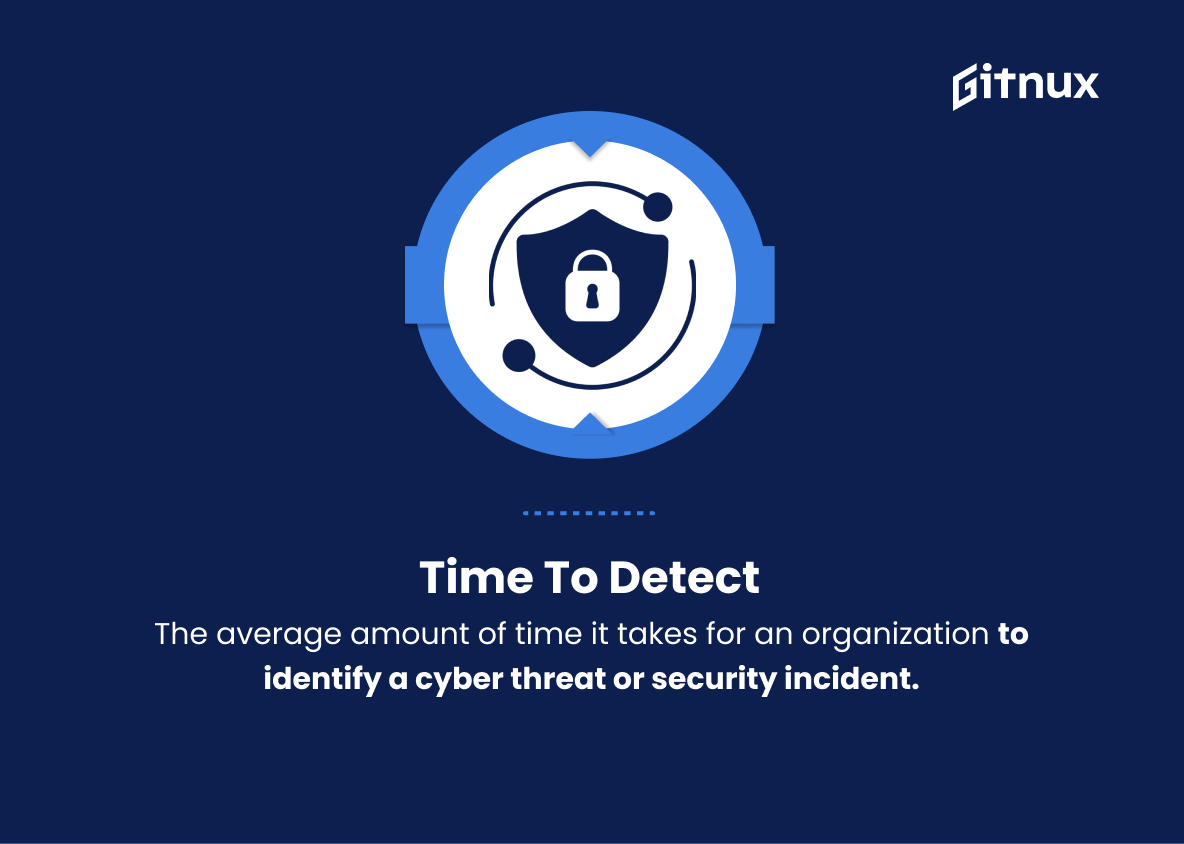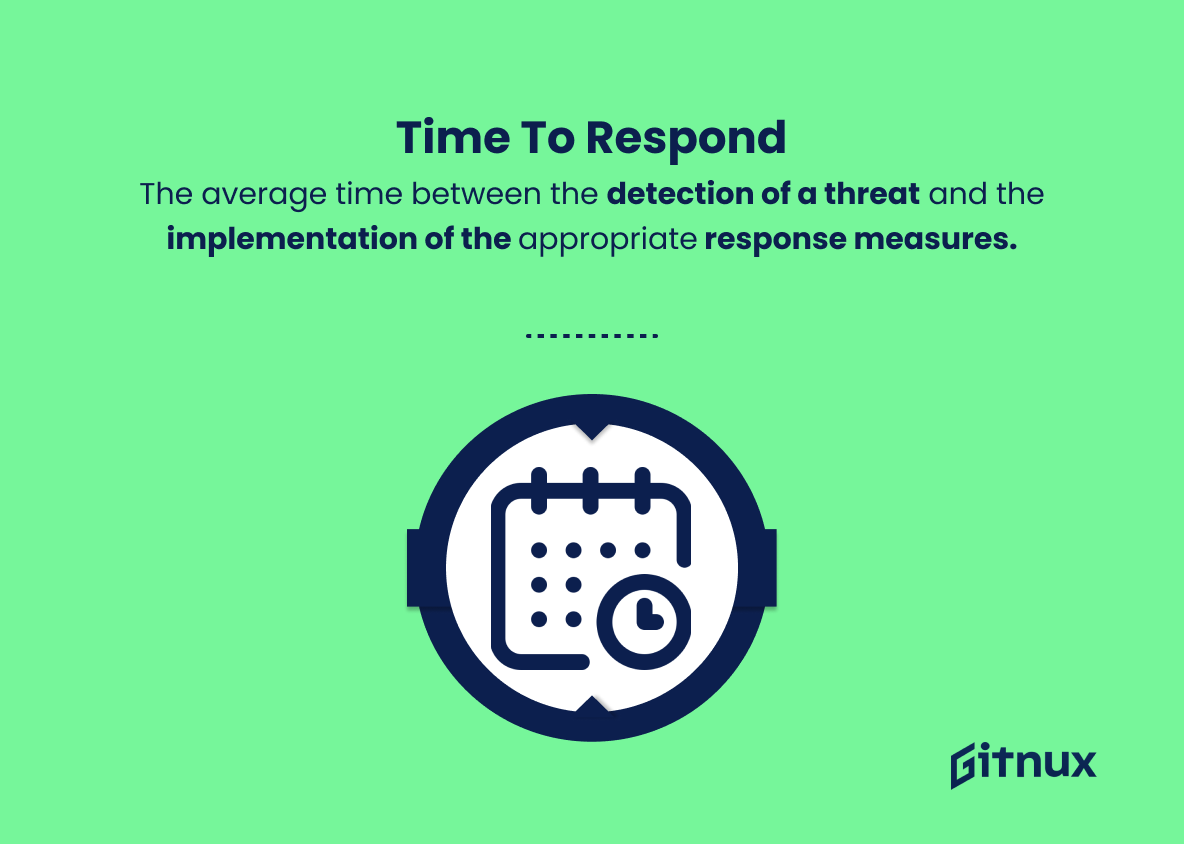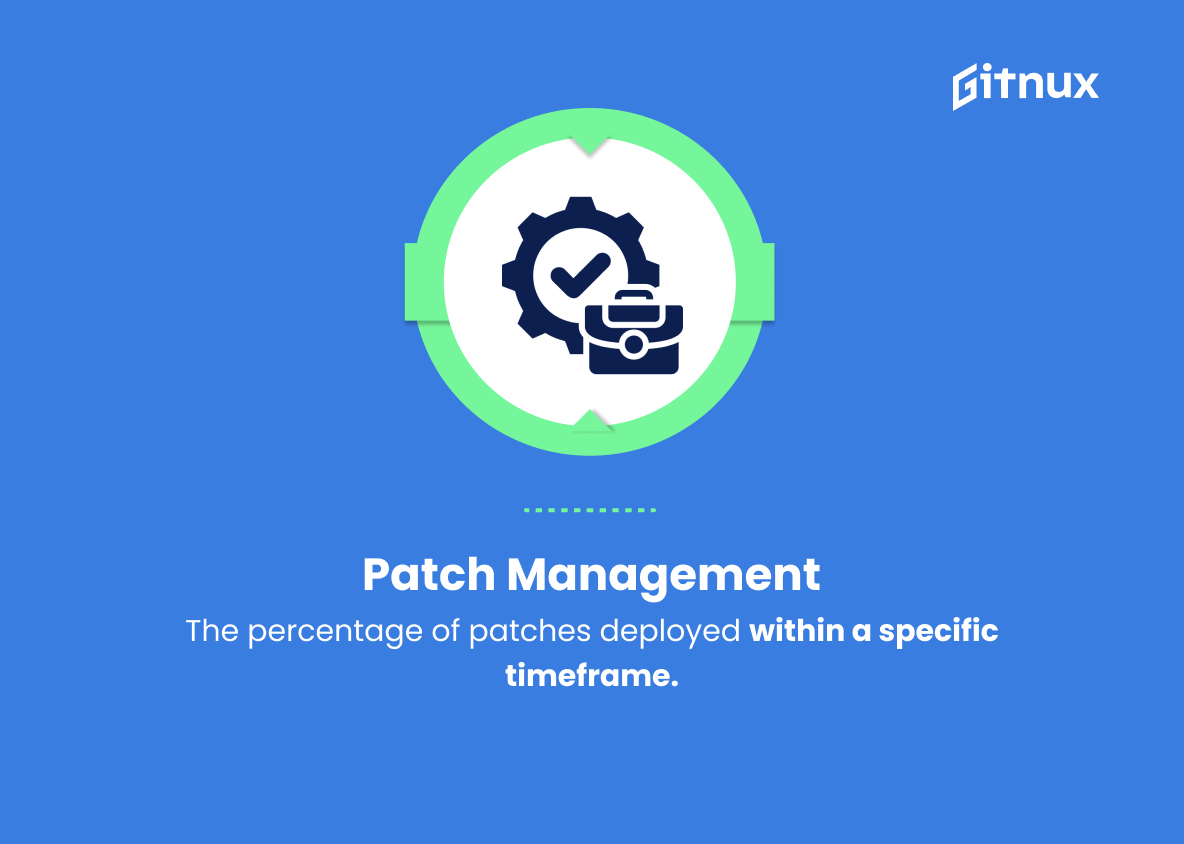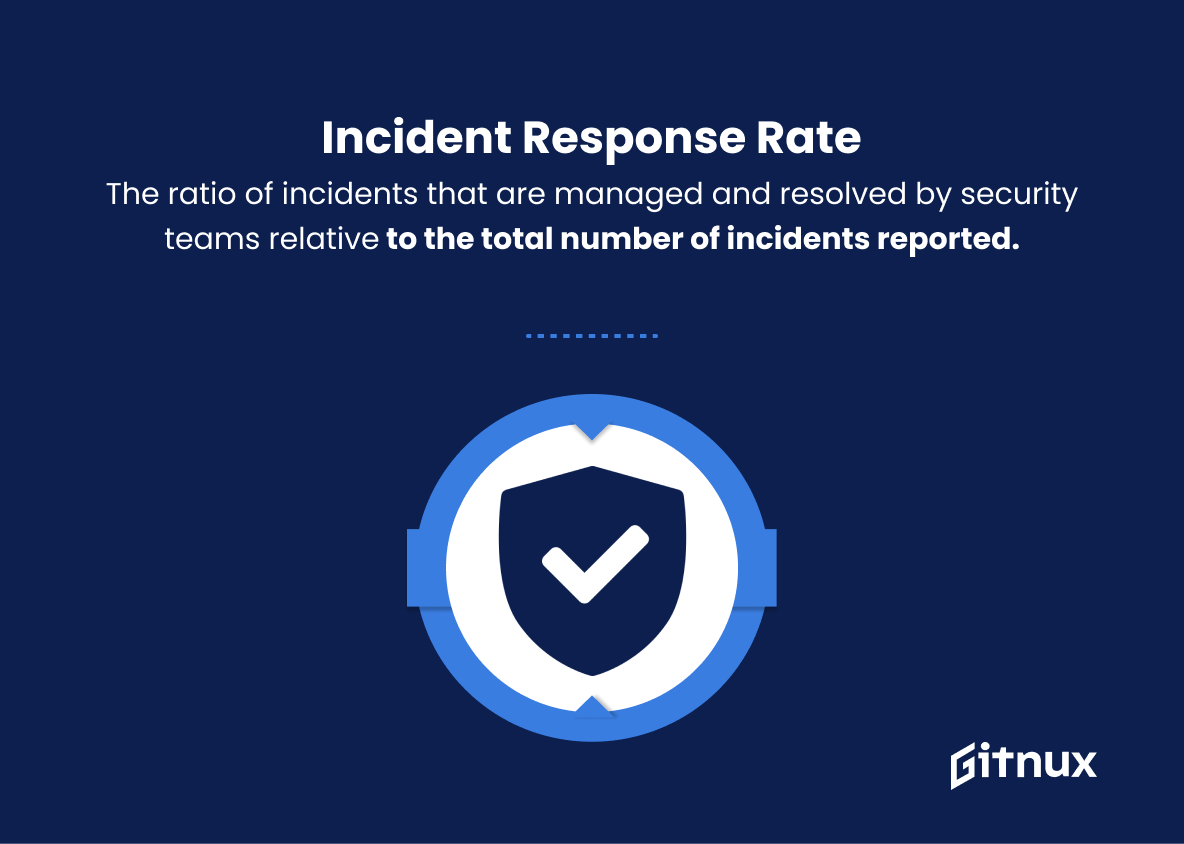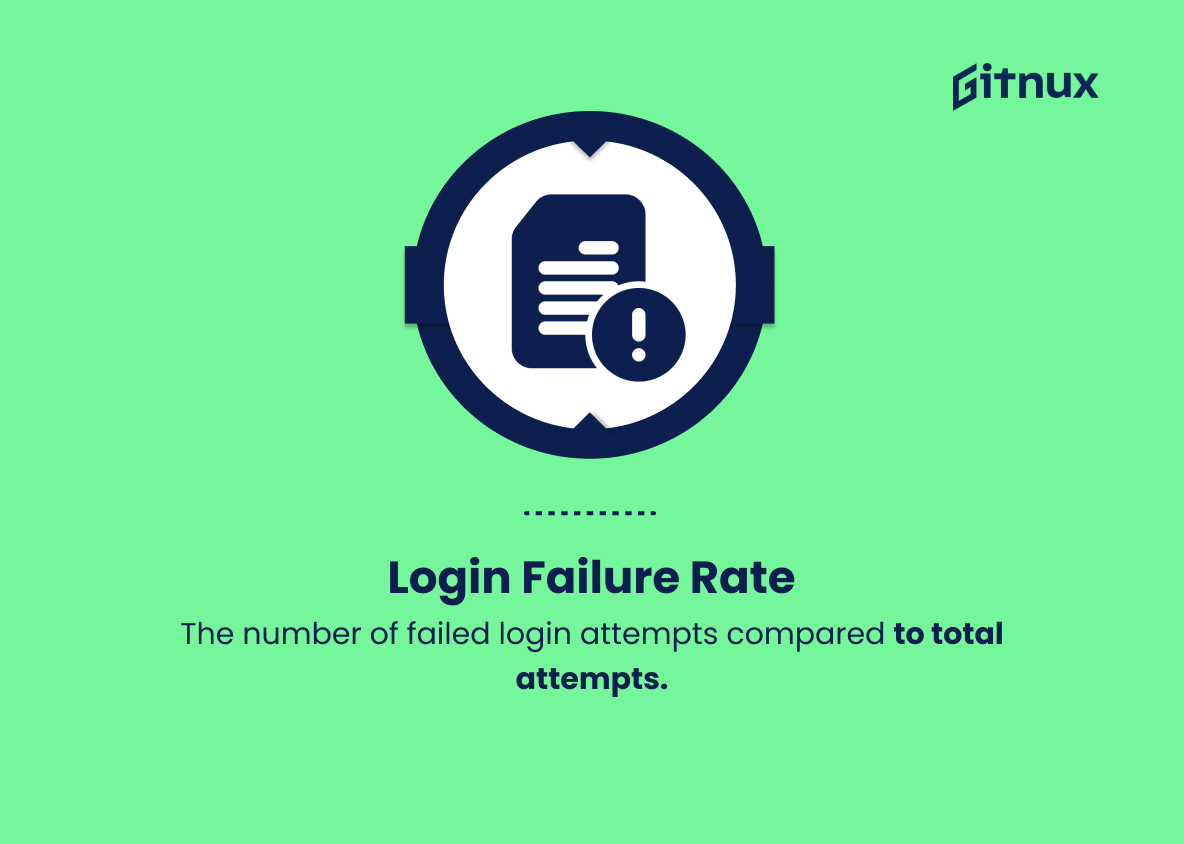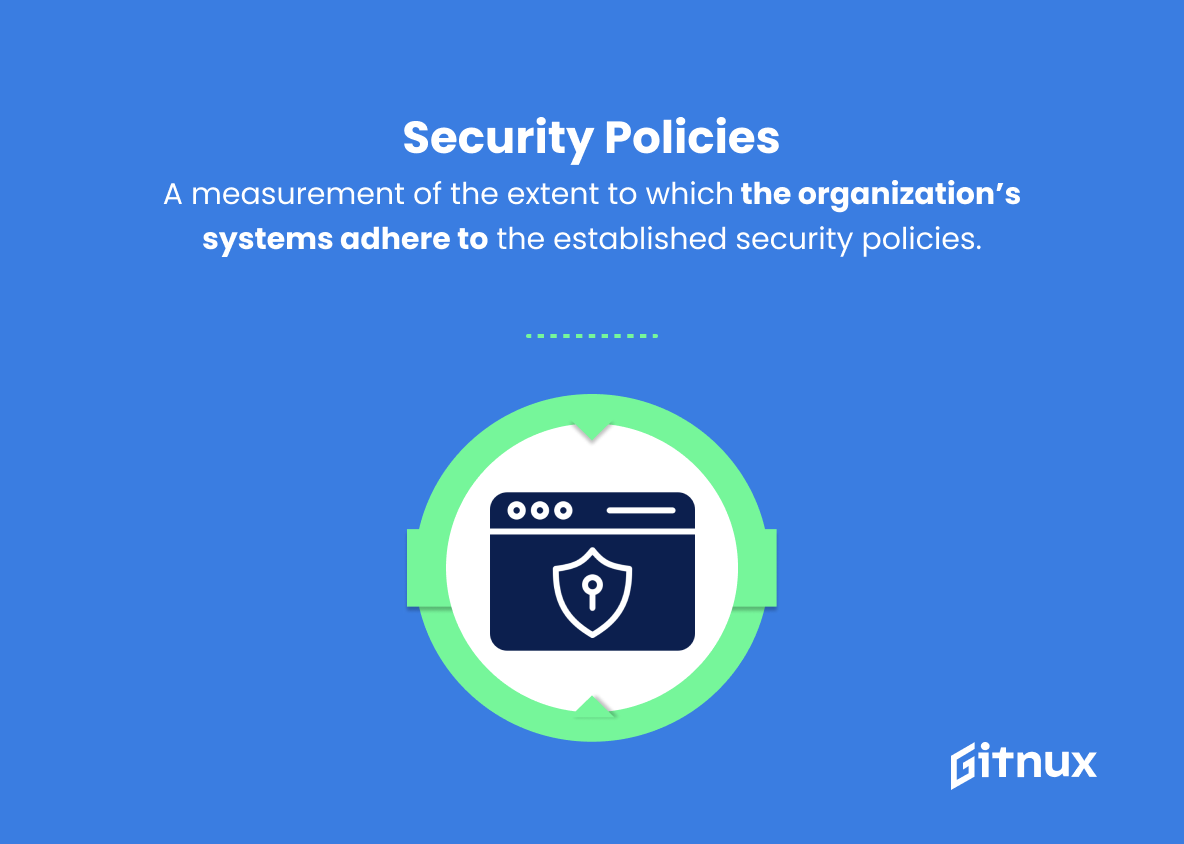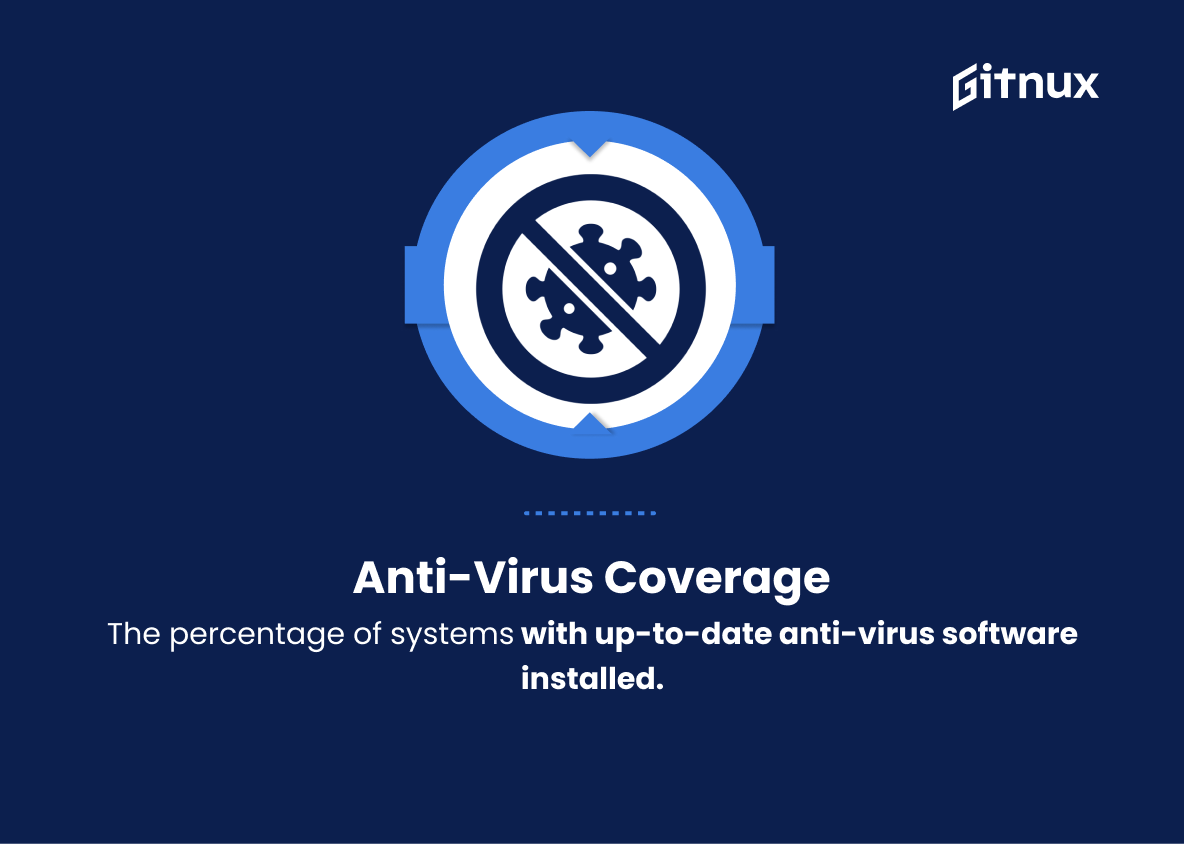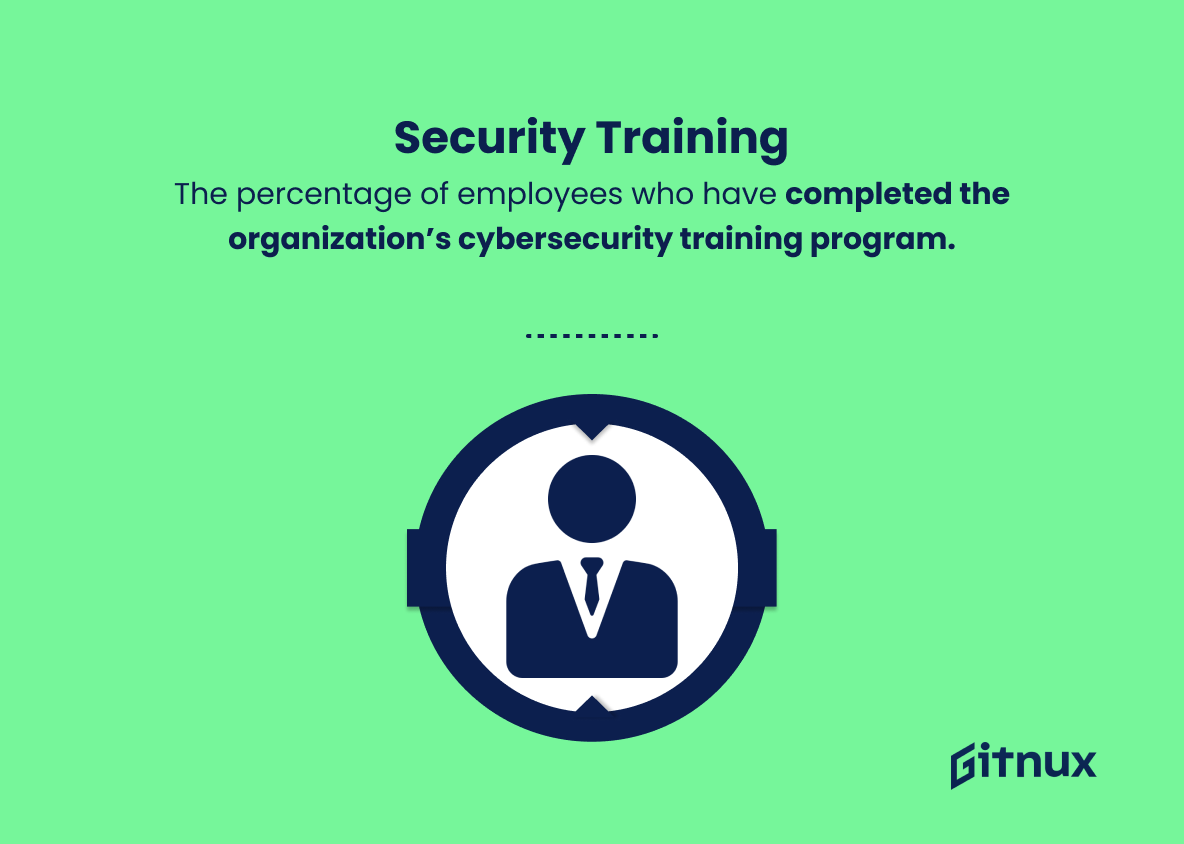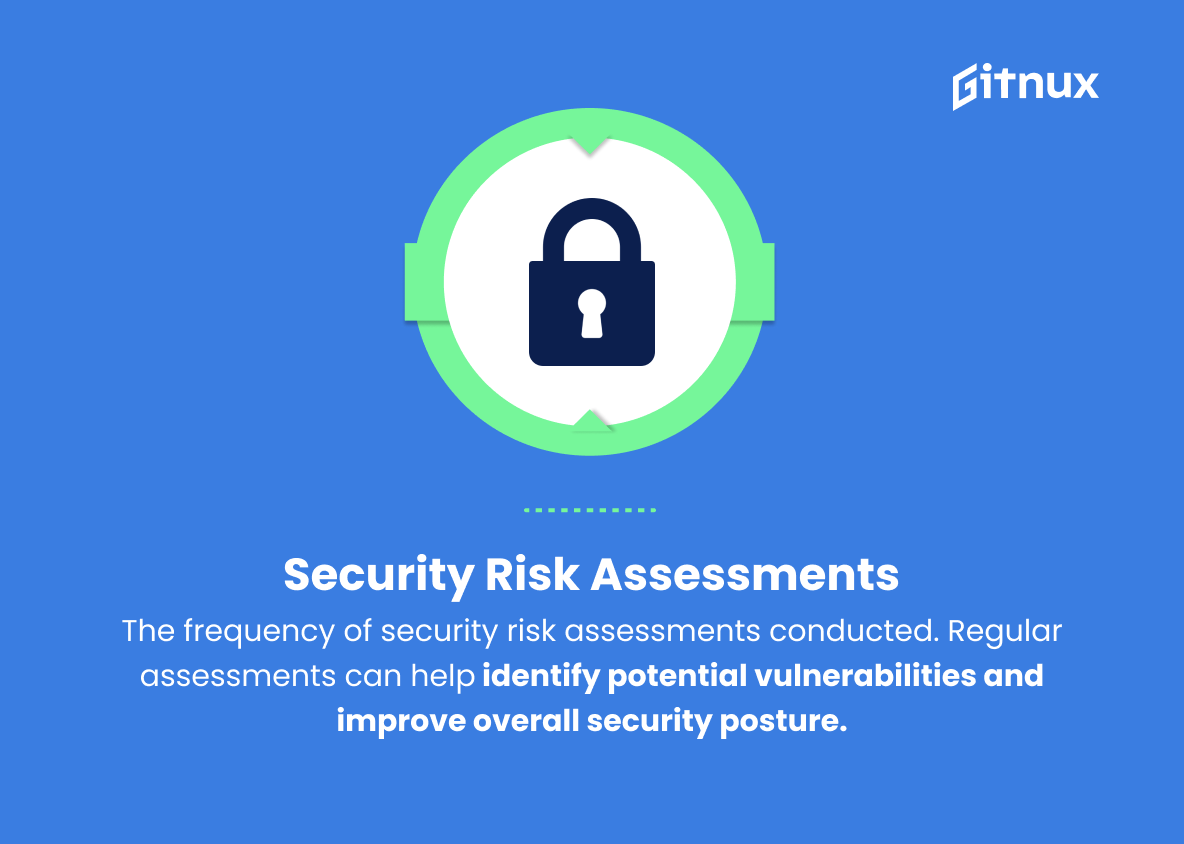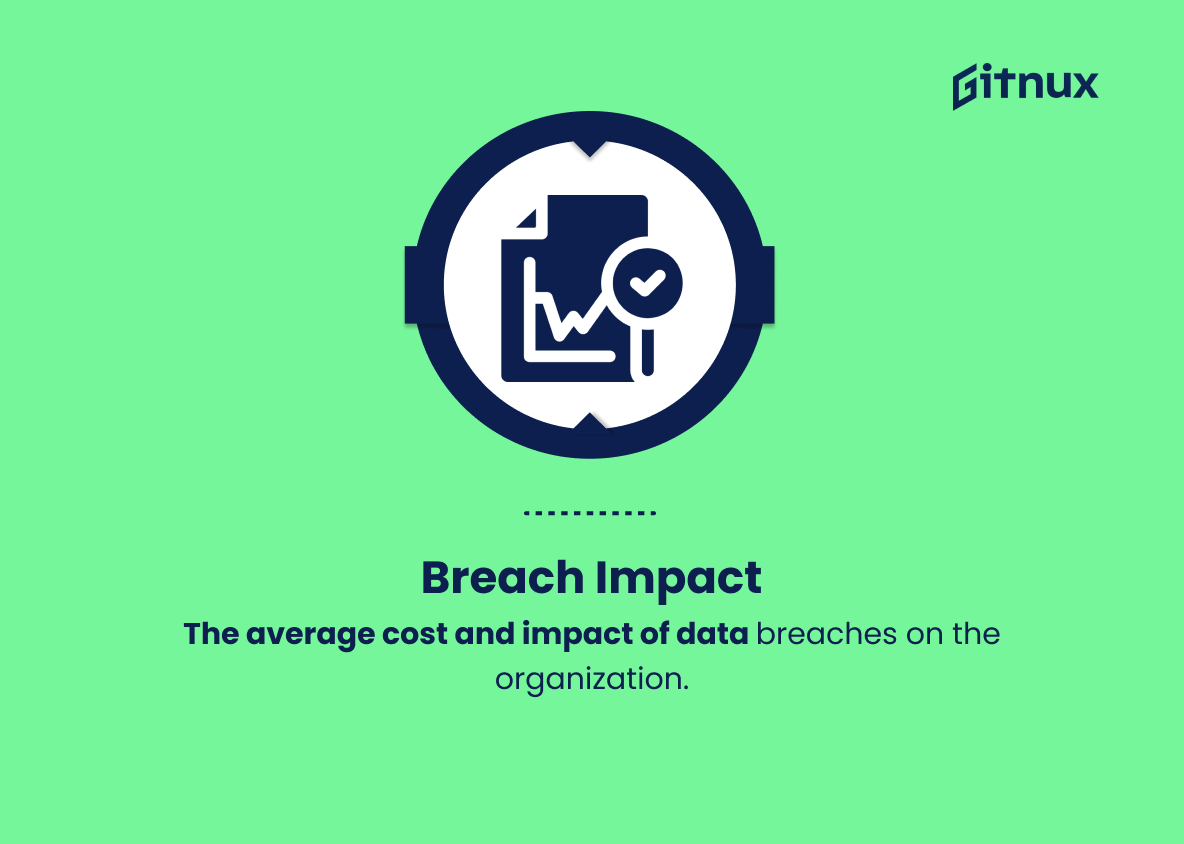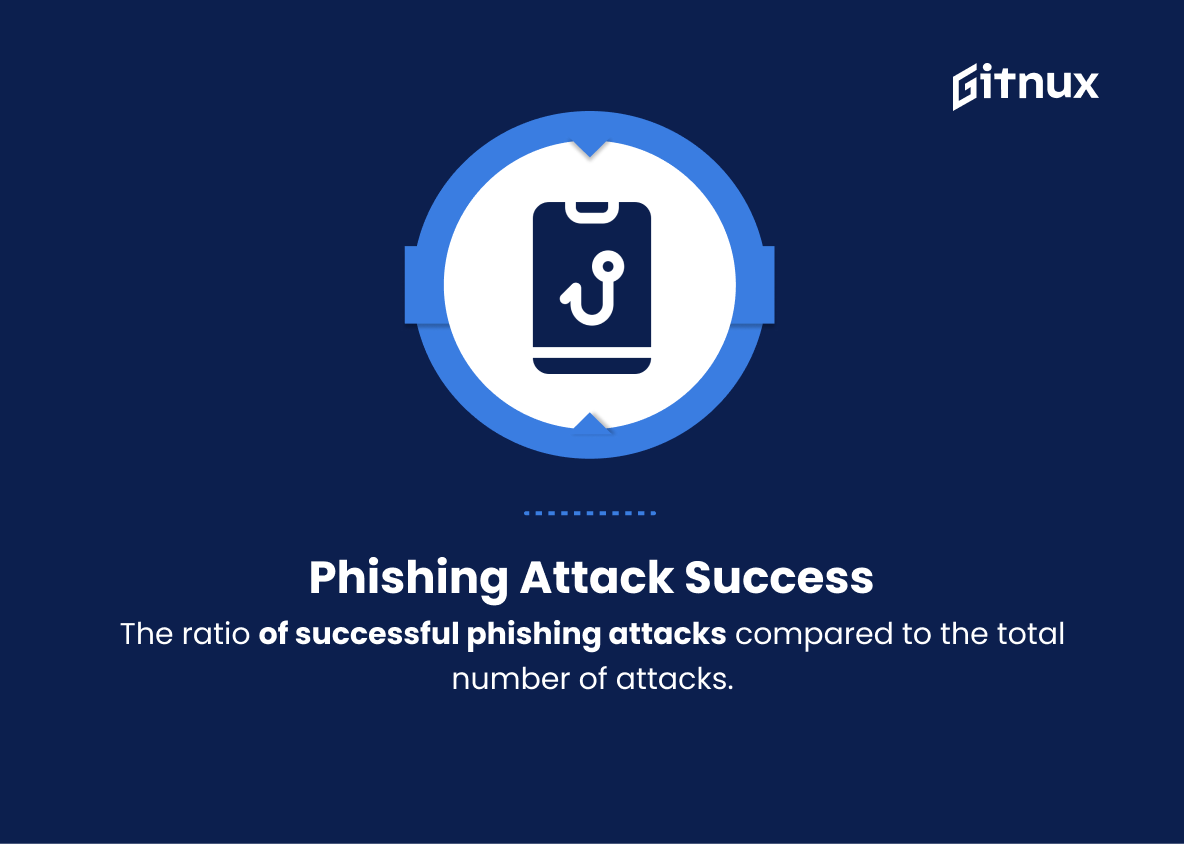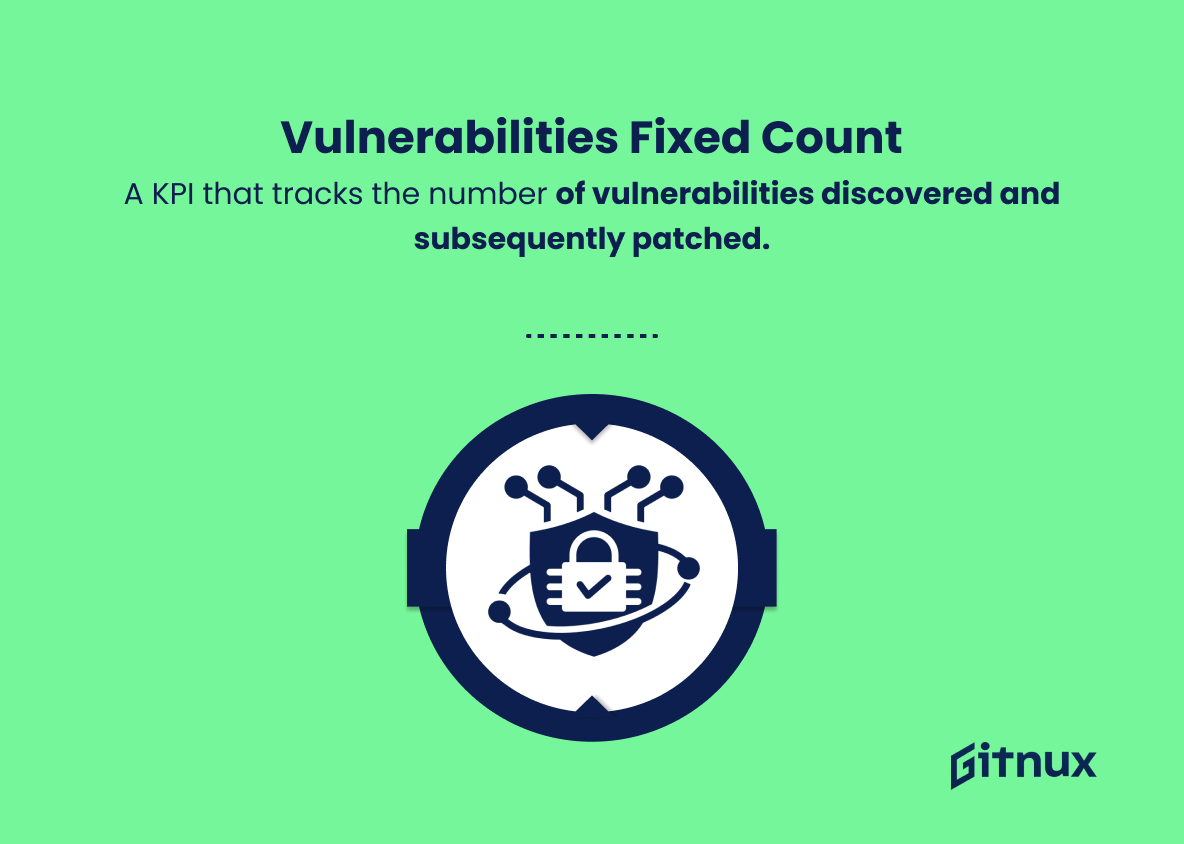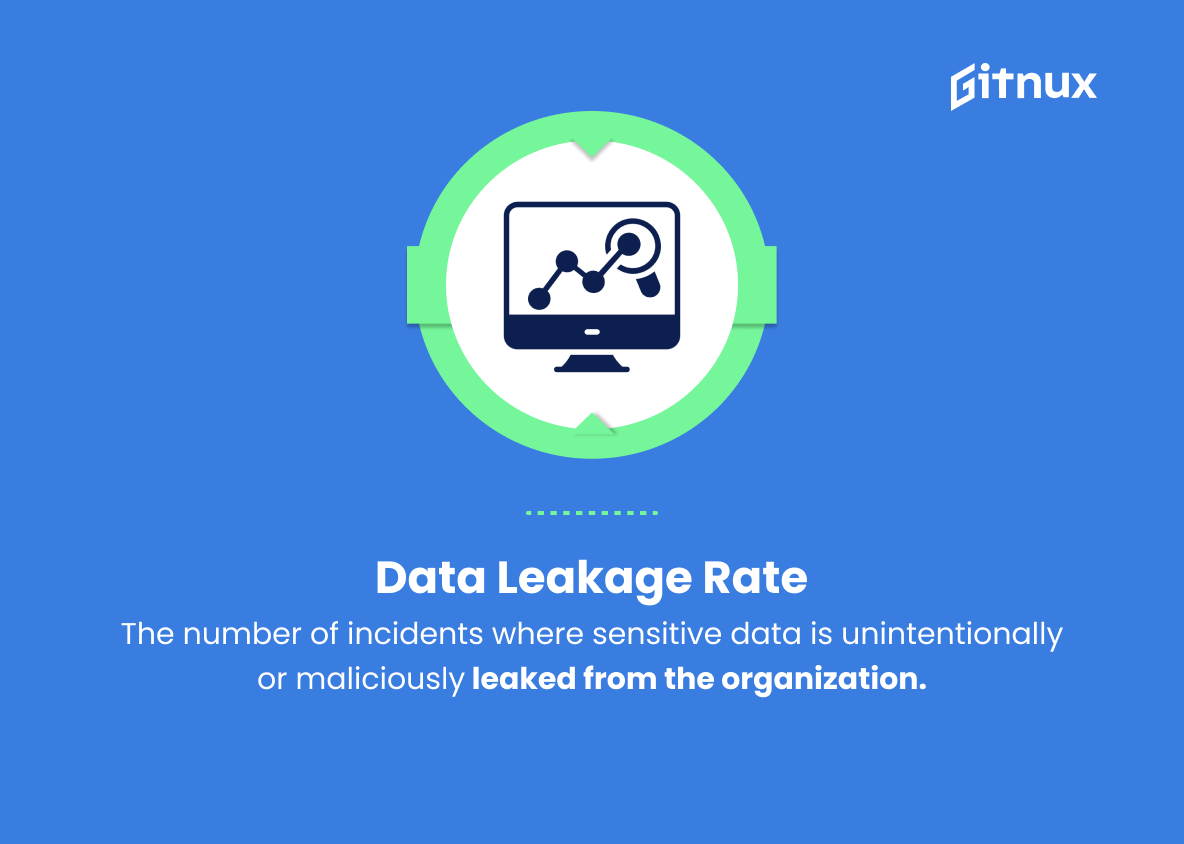In today’s increasingly connected digital landscape, it has never been more crucial for businesses and organizations to prioritize cybersecurity. As data breaches and cyber attacks become more sophisticated and frequent, a comprehensive approach to safeguarding sensitive information and ensuring business continuity is vital. A key aspect of evaluating the effectiveness of any cybersecurity strategy lies in the consistent monitoring and measurement of Key Performance Indicators (KPIs).
In this blog post, we will delve into the different Cybersecurity KPIs that can provide invaluable insights into your organization’s current security posture, while also enabling you to identify potential vulnerabilities and areas for improvement. By understanding and tracking these KPIs, decision-makers can make well-informed choices to ensure the protection of their digital assets and maintain consumer trust in an ever-evolving cyber landscape.
Cybersecurity KPIs You Should Know
1. Number of detected security incidents
This KPI measures the total number of identified security incidents in a given time period, indicating the effectiveness of security monitoring and detection systems.
2. Mean time to detect (MTTD)
It represents the average time it takes to discover a security breach or threat, affecting the organization’s ability to respond quickly and minimize damage.
3. Mean time to respond (MTTR)
This KPI measures the average time it takes for an organization to remediate or contain a security threat after detection, reflecting the efficiency of the incident response process.
4. Percentage of incidents with known vulnerabilities
This KPI indicates the proportion of security incidents caused by known and unpatched vulnerabilities, highlighting the need for timely patch management.
5. Risk assessment coverage
It refers to the percentage of an organization’s assets and systems that have undergone a formal risk assessment, showcasing how well risks are being identified and managed.
6. Percentage of employees with completed security awareness training
This KPI quantifies the number of employees who have undergone cybersecurity training, demonstrating the organization’s commitment to a security-aware workforce.
7. Number of successful phishing attempts
Monitoring successful phishing attacks can indicate the effectiveness of employee training and email security systems.
8. Percentage of systems with up-to-date antivirus and malware protection
This KPI measures the extent to which an organization’s systems have the latest security solutions in place to protect against viruses and malware.
9. Number of unresolved security vulnerabilities
It gauges the number of known security vulnerabilities that are still unaddressed, reflecting the organization’s ability to manage and prioritize security risks.
10. Percentage of identified risks with mitigation plans
This KPI assesses the proportion of identified risks that have actionable mitigation plans in place, showing an organization’s readiness to tackle potential threats.
11. Number of critical security patches applied
It measures the number of high-priority security patches that have been successfully applied, indicating the effectiveness of patch management processes.
12. Password policy compliance rate
This KPI tracks the percentage of users adhering to the organization’s password policy, such as complexity and length requirements, highlighting the need for strong password management.
13. Number of failed logins or unauthorized access attempts
It monitors the number of failed login attempts or unauthorized access to systems, indicating potential security threats or gaps in access controls.
14. Third-party/vendor security assessment coverage
This KPI measures the proportion of third-party vendors or service providers that have undergone a security assessment, revealing the organization’s diligence in managing external risks.
15. Cybersecurity budget as a percentage of IT budget
This KPI highlights the portion of the overall IT budget allocated to cybersecurity initiatives, reflecting the organization’s investment in and commitment to cybersecurity.
Cybersecurity KPIs Explained
The importance of cybersecurity KPIs lies in their ability to provide organizations with measurable data that can be used to assess and improve the overall security posture. The number of detected security incidents, for example, indicates the effectiveness of security monitoring and detection systems, while the mean time to detect (MTTD) and respond (MTTR) reflect an organization’s efficiency and readiness in dealing with security breaches.
Monitoring KPIs such as the percentage of incidents with known vulnerabilities and risk assessment coverage can help highlight areas in need of improvement, such as patch management and risk identification. Employee training is also essential, as demonstrated by the KPIs focused on security awareness and the number of successful phishing attempts. Ensuring up-to-date protection, addressing unresolved security vulnerabilities, and having mitigation plans in place are crucial for a comprehensive security strategy.
Aspects such as password policy compliance rate and the number of failed logins or unauthorized access attempts help identify potential threats and weaknesses in access controls. Furthermore, assessing third-party vendors or service providers and allocating appropriate cybersecurity budget within the IT budget contribute to the organization’s ability to effectively manage both internal and external risks.
In summary, monitoring and analyzing these cybersecurity KPIs play a crucial role in strengthening an organization’s security measures and ensuring a proactive approach against potential threats.
Conclusion
In this digital era, cybersecurity KPIs are crucial for gauging the success of an organization’s security measures. By evaluating these KPIs, organizations can better understand their vulnerabilities and implement improvements to safeguard against cyber threats. A proactive approach to monitoring and adjusting these key performance indicators enables companies to stay ahead of cybercriminals, protect valuable data, and maintain the trust of clients and stakeholders alike.
In conclusion, incorporating cybersecurity KPIs into your organization’s overall strategy will not only strengthen your defenses but also help build a culture of security awareness and resilience for years to come.
